Bedroom furniture does more than hold your socks. The right piece helps define your personal space and keeps your daily life organized.
"Dresser" and "chest of drawers" often get used interchangeably. But these two pieces are quite different. Understanding that difference can save you from ending up with furniture that blocks your walkway—or doesn't fit the clothes you actually own.
What is a Dresser?
A dresser is a wide, low station built for your daily routine. It typically sits at waist height—around 35 inches tall—so you can reach everything without bending over.
Most dressers range from 30 to 70 inches wide and 18 to 24 inches deep. That depth gives them a sturdy feel, though it also means they need more floor space.
The low, wide surface often serves double duty. You can use the top as a vanity for getting ready or as a stand for your TV. Because dressers take up significant wall space, they naturally become a focal point in the bedroom.
You may hear the term "bureau" used interchangeably, though definitions can vary by region.

What is a Chest of Drawers?
A chest of drawers, or simply a "chest", stores vertically instead of horizontally. It often reaches 44 to 60 inches tall while staying just 24 to 40 inches wide. Some people call them "highboys."
That compact footprint makes a chest ideal for tight corners or narrow walls where a dresser simply won't fit.
Chests come in several variations to suit different needs:
- Lingerie chest: Tall and skinny, designed for small items like undergarments.
- Gentleman's chest: Features a cabinet section with a rod for hanging clothes.
- Bachelor's chest: A smaller version with 3-4 drawers, suited for limited storage needs.
- Media chest: Similar height but includes an open top shelf for electronics.

Key Differences Between Dressers and Chests of Drawers
Both pieces serve the same basic purpose—storing your clothes. But their designs affect how they fit into your room and your daily life.
Shape & Orientation
A dresser is shaped like a horizontal rectangle. It spreads wide and low across the wall, requiring a longer stretch of space to sit against.
A chest takes the opposite approach. Shaped like a vertical rectangle, it reaches up high rather than out wide. This lets you gain storage volume without sacrificing your room's open floor area.
Storage Layout
Dressers feature multiple columns of drawers sitting side-by-side, often two rows of three. The wide drawers let you lay clothes flat, which work well for shirts or pants that wrinkle easily.
Chests stack a single column of drawers on top of each other, usually five or more. The narrower, deeper drawers are built for stacking folded items high—ideal for t-shirts, sweaters, or linens.
Floor Space Usage
A dresser requires a larger footprint. In a spacious bedroom, it can anchor the room nicely. In a smaller space, it may feel bulky and dominating.
A chest saves floor space by design. It tucks into narrow spots or tight corners, leaving more room for walking. This makes it practical for apartments or compact bedrooms.
Top Surface & Extra Features
The dresser's broad top adds extra functionality. You can use it as:
- A vanity for cosmetics and grooming
- A media stand for your TV
- A display area for photos or decor
Many dressers come with a matching mirror attached, turning them into a full dressing station.
A chest offers a much smaller top—typically just enough for a lamp or a few books. It's too tall to serve as a vanity, and it rarely includes a mirror.
Style & Aesthetics
Dressers are often sold as part of coordinated bedroom sets alongside nightstands and mirrors. Their size and presence tend to define the room's overall style.
Chests take a more practical approach. Their design is simpler and more streamlined, focused purely on function rather than display.
When to Choose a Dresser vs. A Chest of Drawers
Measure your room before you shop—what looks good online may not actually fit your space. Consider your daily habits too. Think about which items you reach for most and how you prefer to organize them.
If You Have a Small Bedroom or Limited Floor Space
A chest of drawers maximizes vertical storage without cutting into your walking area. It's a practical choice for apartments or condos where every square foot counts.
Chests also fit well on narrow walls between doors or windows—spots where a wide dresser simply wouldn't work. High ceilings? A tall chest can look balanced and won't make the room feel crowded.
If You Have a Spacious Bedroom or Need a Dual-Purpose Piece
A dresser fills a large, empty wall that might otherwise feel cold or bare. The wide top surface gives you space for putting on makeup, setting up a TV, or displaying photos and decor.
Dressers tend to anchor a room and tie the overall style together. They're versatile too—some people repurpose them in dining rooms or hallways as credenzas.
For Maximum Storage or Shared Bedrooms
A dresser often suits couples well. The side-by-side drawer columns let two people have their own "sides" without mixing things up.
Short on space? Two separate chests give each person their own storage unit without overwhelming the room.
If space allows, combine both pieces. Use the dresser for daily items and the chest for off-season clothes or extra linens.

Best Dresser and Chest Options to Consider
Understanding the trade-offs is one thing—seeing real examples makes the choice clearer.
We've selected two options, one wide and one tall, that balance practical storage with modern style. Either can work as a foundation for your bedroom's look.
Belleze New Port 54" 6-Drawer Dresser
Why it stands out: This dresser shows why people gravitate toward wide storage pieces. The mix of drawer sizes lets you organize everything from socks to sweaters without the room feeling cluttered. It offers flexible storage that keeps your space looking balanced and put-together.
Key Features:
- 6-drawer layout with small and large compartments
- Works as a dresser or low-profile TV stand
- Certified engineered wood for durability
- Pre-installed undermount slides for smooth movement
- Supports up to 70 lbs of total storage
Belleze New Port 31.5" 5-Drawer Chest
Why it stands out: This chest makes the most of tight floor space by building upward. Five deep drawers fit into a compact footprint, giving you plenty of storage without overwhelming the room. The rose-gold handles add a modern touch that complements rather than competes with your decor.
Key Features:
- Five deep drawers for vertical storage
- Compact footprint for small bedrooms or nurseries
- Certified engineered wood construction
- Pre-attached slides for quick assembly
- Modern finish with subtle metallic accents
FAQs
What's the main difference between a dresser and a chest of drawers?
Shape and orientation set them apart. A dresser is wide and low, with drawers arranged in multiple columns side-by-side. A chest of drawers is tall and narrow, with drawers stacked in a single vertical column. Think horizontal storage versus vertical storage.
Is a chest of drawers better for small rooms?
Yes. A chest grows upward rather than outward, so it uses far less floor space than a dresser. This makes it a practical choice for apartments, condos, or any bedroom where you need to keep walking paths clear.
Do dressers come with mirrors?
Many dressers are sold with matching mirrors that mount directly to the back. Even without one included, a dresser's low height—usually around waist level—makes it easy to hang a large mirror on the wall above. Chests are generally too tall for this setup.
Can I use both a dresser and a chest of drawers in the same bedroom?
Absolutely. Many furniture sets include both pieces by design. This works well in master suites or shared bedrooms. You can use the dresser for everyday items and as a surface for your TV or decor, while the chest handles extra storage like linens, blankets, or off-season clothes.
Making the Right Choice for Your Space
Neither option is inherently better—it depends on your specific bedroom layout. A dresser brings style and usable surface area. A chest delivers efficiency and vertical storage.
Before you decide, measure your available floor space and consider how far the drawers extend when open. The right piece balances your storage needs with how easily you can move through the room.
Explore dresser and chest options that fit your room →


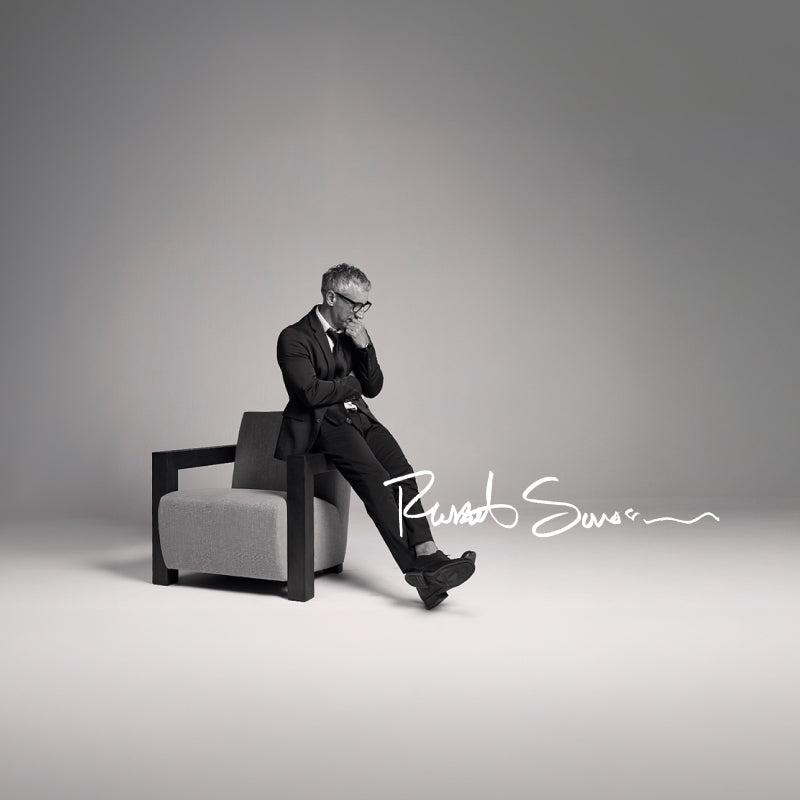
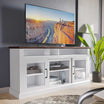
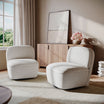
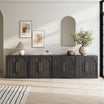




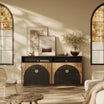

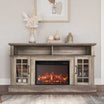
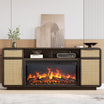

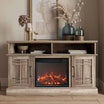

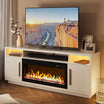

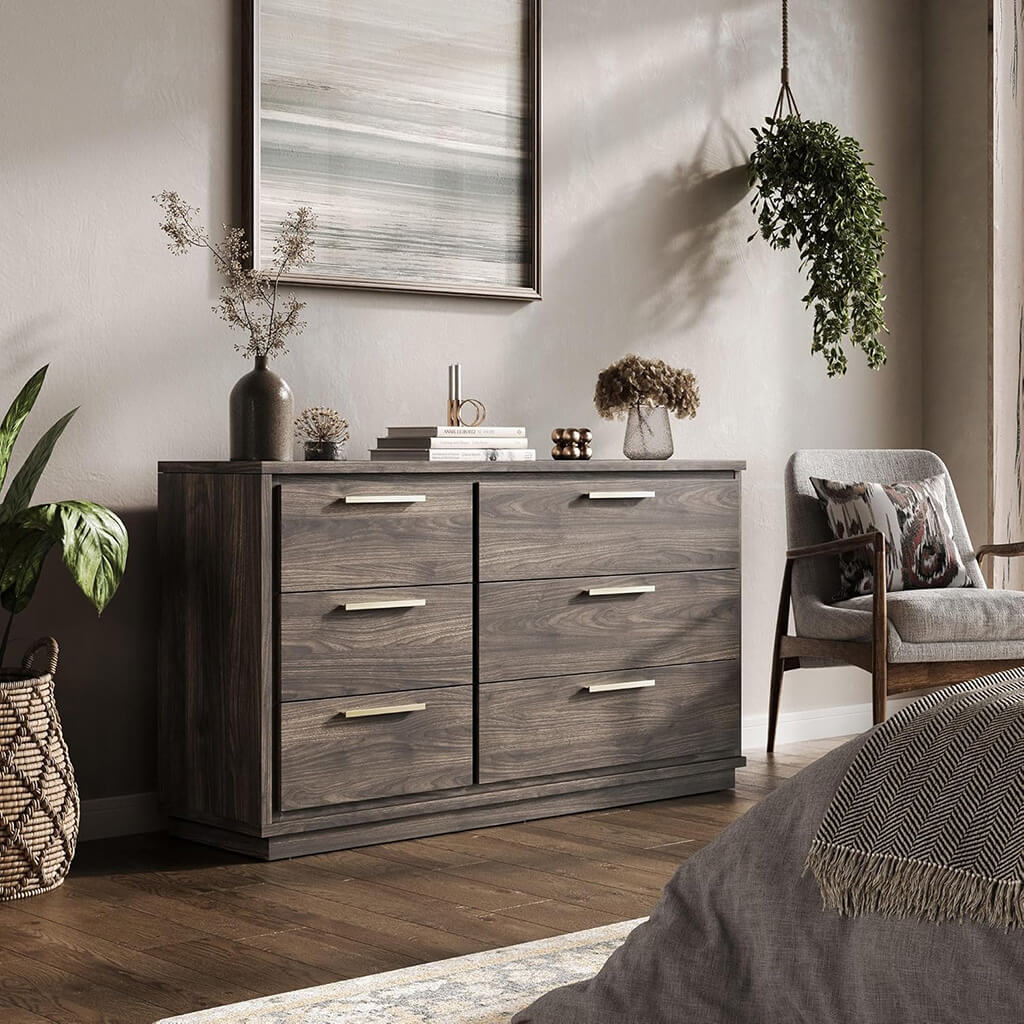

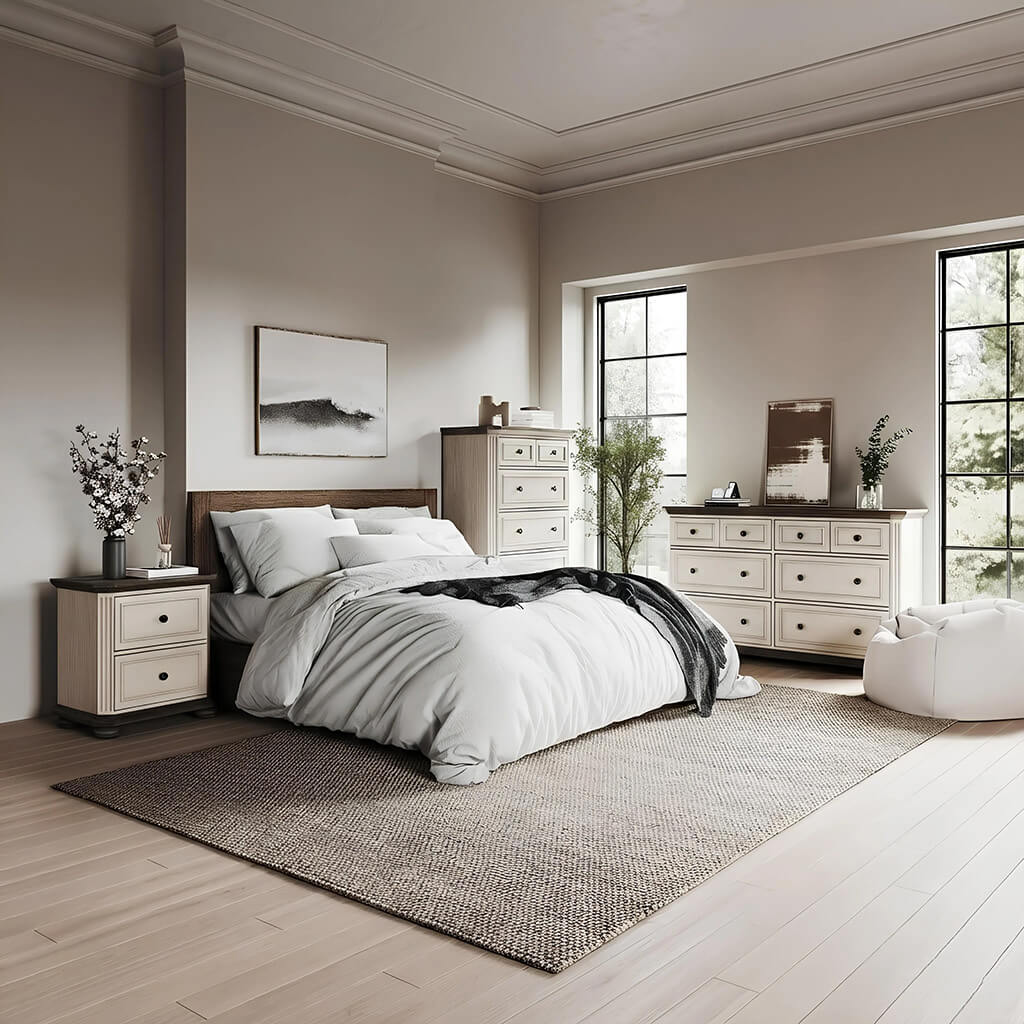
Leave a comment
This site is protected by hCaptcha and the hCaptcha Privacy Policy and Terms of Service apply.